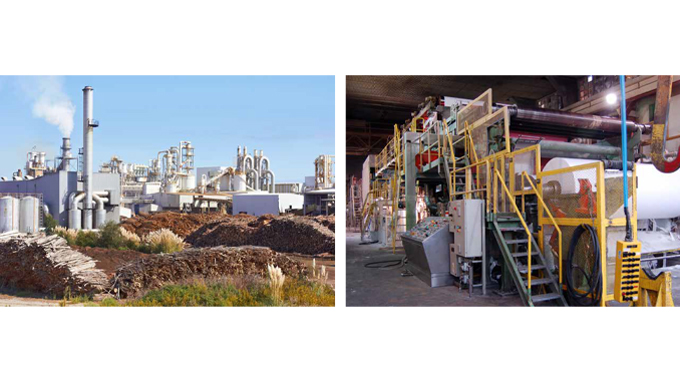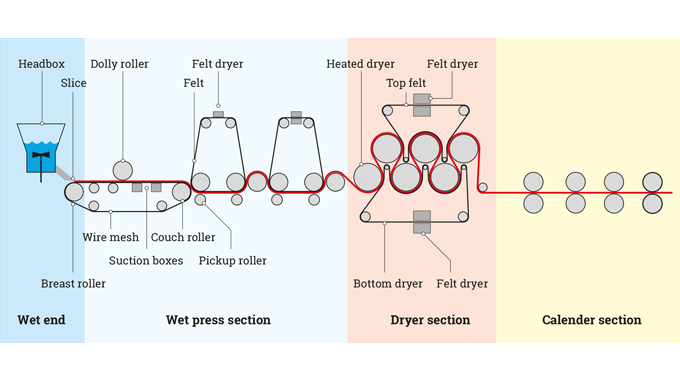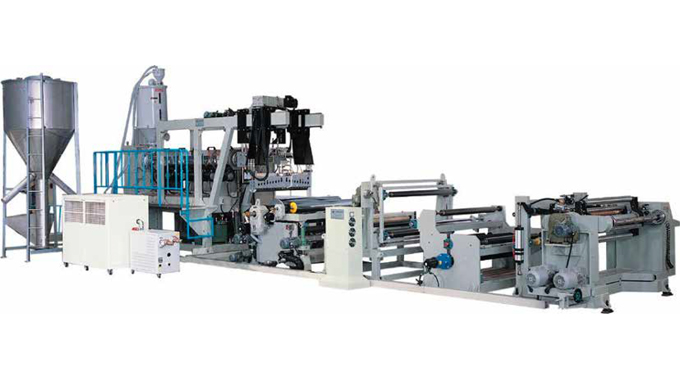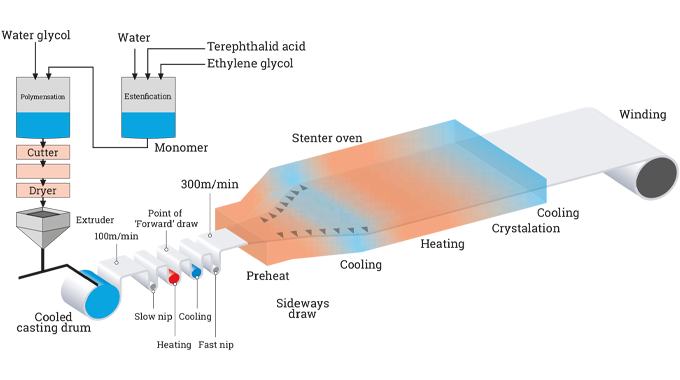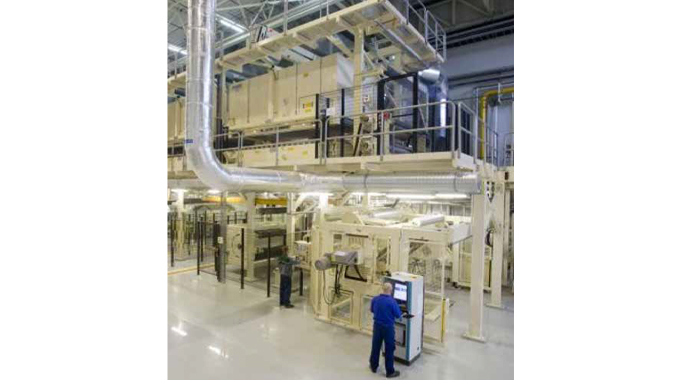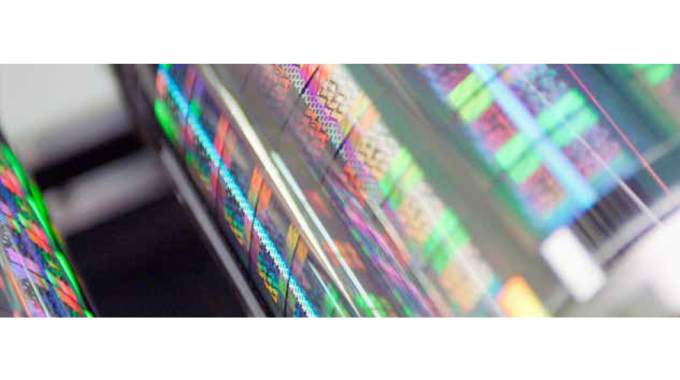Self-adhesive laminate constructions
Self-adhesive label materials are complex multi-layer laminate constructions in which each layer of the laminate has a specific purpose and function. Each layer has to be carefully monitored and controlled during the laminate manufacturing process if optimum web handling, printing, die-cutting, waste stripping, dispensing and application are to take place.
In addition, the label needs to meet a wide range of specific requirements including: the application line (speed, label size, environmental conditions, etc); the labeling conditions (hot, cold or moist container); the surface of the product/container being labeled (porous, such as paper or board; solid, such as glass, metal or plastic containers); the product storage conditions (hot or cold, inside or outside, wet, chilled or frozen); the handling and distribution process (rubbing, scuffing, refrigerated trucks, etc); and the specific requirements of the end-user.
Stay up to date
Subscribe to the free Label News newsletter and receive the latest content every week. We'll never share your email address.
